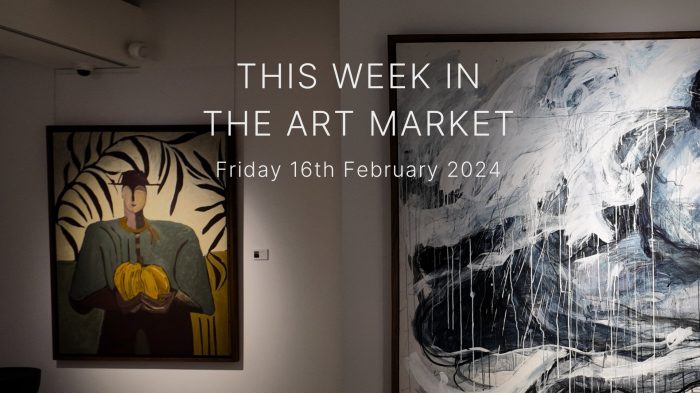Like almost every industry around the globe, art is susceptible to disruption. For some people, companies, markets and even industries, it has spelt the end, while for others the beginning of their success and integration.
When it comes to art, there is a range of disruptors that have changed the way art is made, bought, sold and enjoyed.
What is art?
Like everything, technology has largely changed what our perception of art is, how it can be viewed, reviewed and enjoyed.
From virtual reality, 3D printing, CAD design programs through to lights, lasers and sound augmentation – technology is genuinely changing the definition of ‘art’ and how it is produced.
Decentralisation of art markets
Thanks to technology, no longer are the traditional art markets the only place collectors and investors can purchase their art. From online showrooms, auction houses and e-Stores art markets around the world are changing for the better.
No longer do artists need to sell exclusively through one gallery, they can now work with a range of suppliers to the industry, a variety of galleries and online stores have an online store to sell directly to the public themselves. These pivotal changes have seen the market explode regarding size and clientele.
Changes in the global economy – the power shift
As the global market shifts, the rise of the new ‘centre for art’ has changed.
China has risen as the world’s largest market for fine art. With the ever-rising middle class, seeking for fine works to fulfil their aspirations, the traditional markets of the USA, UK and EU have shifted to this rising superpower.
This offers significant opportunities not only for the galleries around the world but artists and investors looking to get the best price on their art to a market that truly appreciate the finer things in life.
Art is not just for the rich and powerful
Art was traditionally something that has been enjoyed by only those who could afford it. Today, thanks again largely to the internet and eCommerce, is something that can be readily enjoyed by just about anyone.
From e-Stores selling prints or copies, through to the sales of masterpieces, the market has shifted from the traditional ‘art snobs’ to the less ‘sophisticated’ art connoisseur.
Art as an investment
For hundreds of years, art was seen as something to be enjoyed, in today’s society many entrepreneurs see the potential for investment in art.
While many pieces appreciate in value and can weather the storms of the financial markets as they rise and fall, there are many other ways to make money through your art. These opportunities include renting art to business, corporates and private homes that want the look/feel of art, but for one reason or another want to rent, rather than buy.
Investors can enjoy 6% per annum on their works of art, while the renters can enjoy the art and give their home or office the inspiration and aesthetics they want.
For more information on buying, selling, investing or leasing art, speak to the qualified and dedicated art investment team at Art Works today for more information. With offices in Singapore, Sydney and Hong Kong we’re the specialists in art investment in South East Asia.








